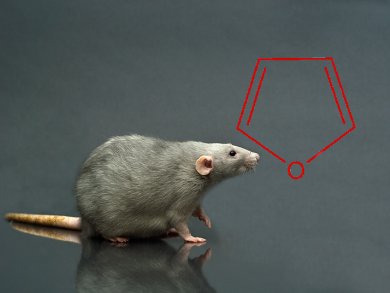Furan is widely used in industry, but is a potent hepatotoxicant and liver carcinogen in rodents. In a 2004 survey by the US Food and Drug Administration (FDA), furan was shown to be present in a variety of foods that had undergone heat treatment, including coffee and baby food.
Angela Mally and co-workers, University of Würzburg, Germany, have looked at the oral administration of furan to rats with a view to establish dose-response data for low doses.
At doses below 2 mg/kg by weight, toxicity models constructed with GC-MS, LC-MS and NMR metabonomics data could not separate treated from control animals: 28-day treatment with furan did not induce significant metabolic changes in urine reflecting limited liver toxicity. However, a ∼two and ∼threefold increase in 5-bromo-2′-deoxyuridine labeling index was observed at 0.1 and 0.5 mg/kg b.w., respectively, suggesting that chronic exposure may cause proliferative changes in rat liver.
Estimates for human consumption of furan are in the region of 1–3.5 µg/kg b.w./day.
- Functional and proliferative effects of repeated low-dose oral administration of furan in rat liver
A. Mally, C. Graff, O. Schmal, S. Moro, C. Hamberger et al.,
Mol. Nutr. Food Res. 2010 54(11), 1556–1567.
DOI: 10.1002/mnfr.201000064



